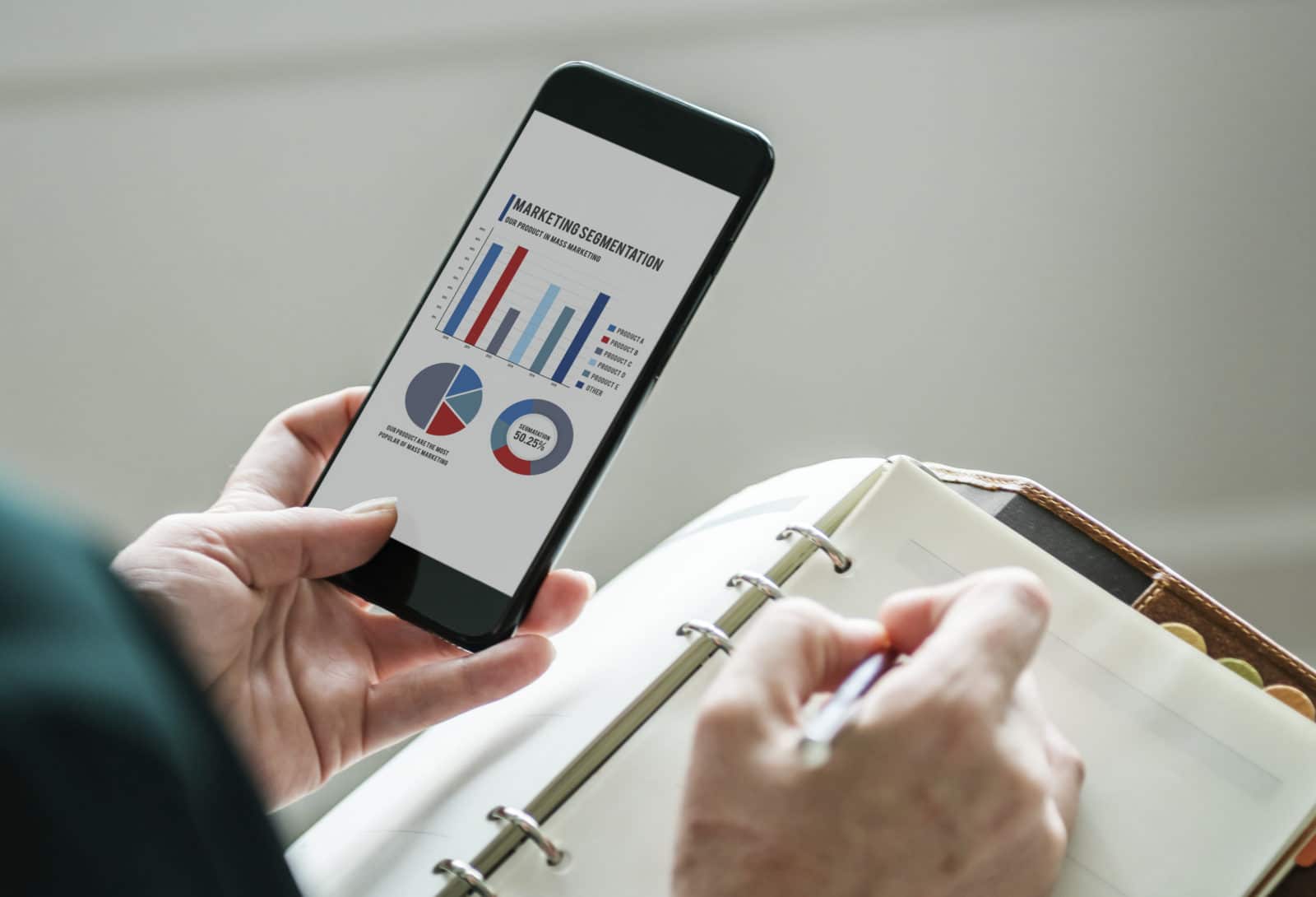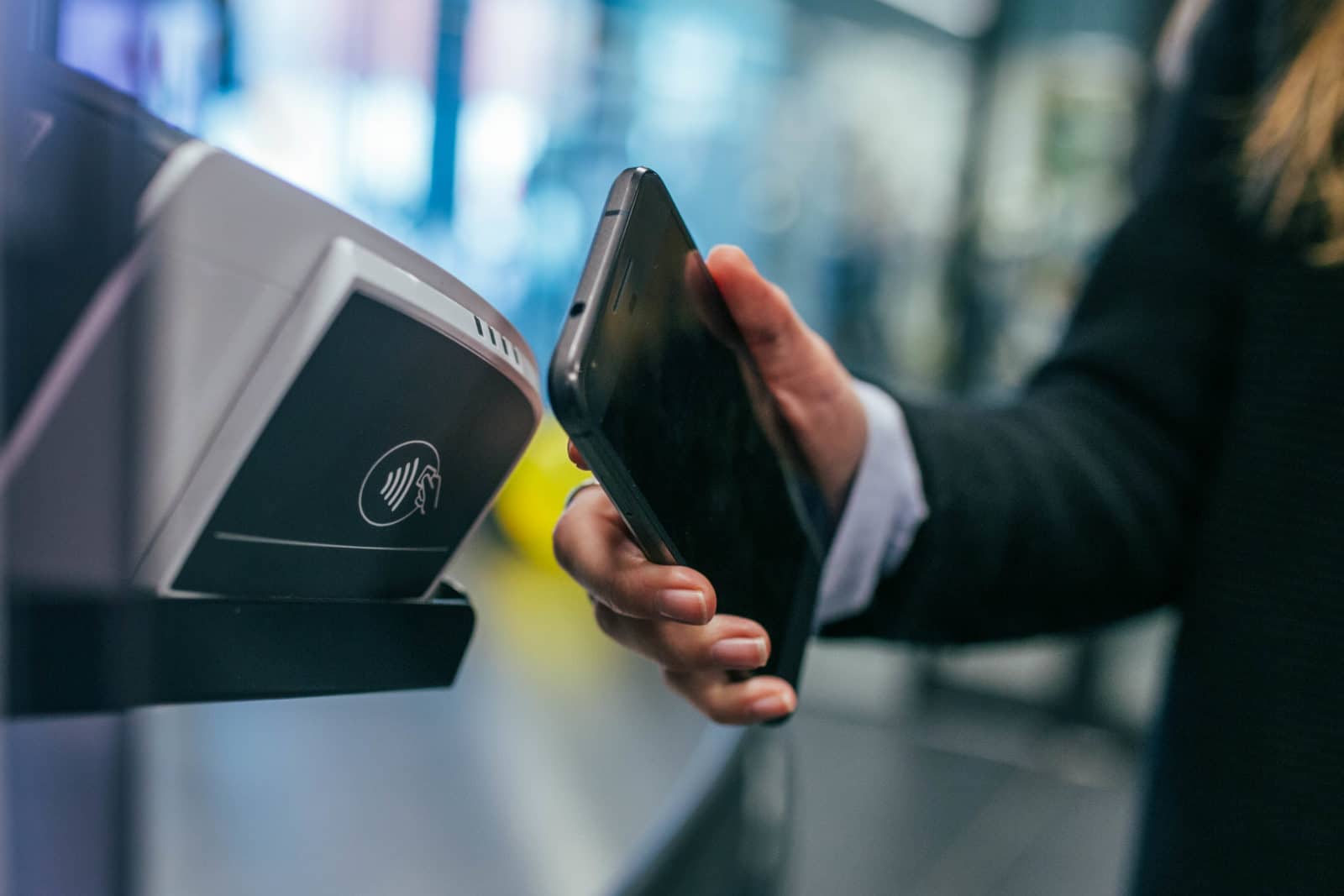Mobile Payment in Germany – what is possible, and what is not
About the sense and nonsense of paying with your smartphone at the cashier point can and must one argue, and about the question why we no longer talk about mobile internet, but still distinguish between mobile payment and payment in other areas, when it comes to payment. One can also have different opinions about the fact that the German credit economy is coming onto the market with its own payment procedures just now. But there is no doubt that a lot has changed in the market of mobile payment methods in the last months. An overview over what is possible and what is not possible in Germany today.
Mobile payment definition

The simplest definition of Mobile Payment is the following: Mobile Payment is when you pay with your smartphone. No more no less. Differences then occur in the technology and in which channel the payment is made.In the vernacular, however, mobile payment is often reduced to the payment process in stationary retail, the so-called proximity payment.
In fact, mobile payment is “more” than just paying at the checkout, and in the evaluation of payment one must then actually differentiate. This overview refers to mobile payment at the POS in Retail.
Apple Pay
It´s coming, it´s not coming, it´s coming. After years of waiting and nobody believing in it anymore, Apple Pay is finally coming to Germany. This wasn´t stated by some visionary, an ominous industry expert, but by Tim. The Tim Cook from Apple. Listen to the last conference call, Apple Pay is to be launched in Germany this year, so still in 2018.
Apple Pay and the banks
For the party to start, you need banks that are willing to participate and can join in, because Apple Pay builds on existing cards. Without any participating banks no Apple Pay. The German credit economy however is having a hard time supporting Apple Pay. First and foremost, the classic and large retail banks. At the start there will be:
- American Express
- Boon (Wirecard)
- Deutsche Bank
- Fidor Bank
- Hanseatic Bank
- HypoVereinsbank
- N26
- Santander
- Unicredit
- VIMPay
- bunq
All other institutions do not disclose or exclude Apple Pay support. There are some who “watch the market”, but of course the consumer can´t hope for that. System requirements: iPhone SE,6,7,8 or Apple Watch (Serie 1,2,3). Apple Pay uses NFC in stationary retail and emulates a card payment.
Google Pay
Usually Google always lags a bit behind with Google Pay. Not so in Germany. Google was ahead of Apple and yet it still took three years until Google Pay came to Germany after its launch in March 2015. Since the 26th of June 2018 Google Pay can also be used in Germany.
Banks that support Google Pay
The same applies to Google Pay: Without any participating banks no Google Pay. The list of participating banks is still manageable, but with boon for example, there is a universal solution for all interested users.
- boon (Wirecard)
- Comdirect
- Commerzbank
- N26
- Revolut
- LBBW (geplant)
System requirements: Android smartphone with Android Lollipop5.0 or higher and NFC.
Google Pay uses NFC in stationary retail and emulates a card payment.
Deutsche Bank
Deutsche Bank was the first German Bank to launch its own mobile payment solution in April 2017.Since then, Deutsche Bank customers, who also own a credit card, can pay with the Online-Banking app “Deutsche Bank Mobile” for Android at the point of sale. However, an account with Deutsche Bank is not enough, in addition to the app and a suitable smartphone, a Deutsche Bank credit card is also required.
System requirement: Android smartphone with Android KitKat 4.4or higher und NFC. A Deutsche Bank account and credit card, as well as the Banking-App. In stationary retail NFC is used and a card payment is emulated.

Fidor Pay
The pioneer among digital banks has been offering its customers the possibility to pay with their smartphone with Fidor Pay for several weeks now. A mandatory Fidor account, an Android smartphone with NFC and the Fidor Smart banking-app are required. When paying with Fidor the digital Fidor debit Mastercard is used at the point of sale. The so-called Host Card Emulation (HCE) is used technologically on the smartphone. For the terminal it is a normal card transaction.
System requirements: Android smartphone with NFC and installed Fidor Smart Banking-App. A Fidor account and credit card. In stationary retail NFC is used and a card payment is emulated.
Sparkasse mobile payment
4,5 million Germans use the Sparkasse mobile banking-apps. With a market share of almost 70 percent and assuming that the majority have a up-to-date smartphone, Sparkasse is the largest mobile payment provider in Germany with around 3 million users. At least in theory. How many users actually use the mobile payment function will show in the next few years. The fact is however, that a large proportion of online banking customers from Sparkasse can use the payment procedure with an Android smartphone with NFC. The Sparkasse customer can deposit both Girocard and Mastercard issued by Sparkasse in the App “Mobiles Bezahlen”. The so-called Host Card Emulation (HCE) is also used technologically by the Sparkasse. For the terminal it is a normal card transaction.
The list of participating Sparkassen banks can be found here.
System requirements: Android smartphone with Android Lollipop5.0 or higher and NFC. An account and a Girocard or Mastercard from Sparkasse as well as the app “Mobiles Zahlen” from Sparkasse. In stationary retail NFC is used and a card payment is emulated.
Volksbank Mobile Payment

Since December 2017, Volksbank has been testing mobile payment with the smartphone in a Friends & Family test. It will all start on August 13th, 2018 when 85 percent of the 915 Volks-and Raiffeisenbanks will offer their customers the ability to pay with the smartphone. Like in the Sparkasse solution, customers of Volks- and Raiffeisenbanks can also deposit their current Girocard or credit card (Visa and Mastercard) and use them for mobile payment. Besides the banking-app for Androids, another app called “Digitale Karten” from the Volks- and Raiffeisenbank is required. Which banks offer this payment solution can be seen in the app. System requirements: Android smartphone with Android Lollipop5.0 or higher and NFC. An account and Girocard or Mastercard or Visa from the Volksbank and the banking-app, as well as the app “Digitale Karten” from the Volksbank. In stationary retail NFC is used and a card payment is emulated.
Payback Pay
Payback Pay from Payback was the best-known and most used method for a long time. After the first mobile payment hype, Payback started with Payback Pay in June 2016. Since then you can pay and collect points with Payback Pay at participating merchants with the app. Payback Pay can be used likewise on iPhone and Android because it is based on a QR-Code technology. Consumers can deposit a current Giroaccount in the Payback app and are able to pay at participating merchants. The amount that should be paid will be debited after the account has been authenticated. In order to pay, a customer has to select the corresponding function in the Payback app and scan the generated QR-Code at the POS. This works depending on the scanner very good to very bad. Aral uses NFC as the only exception.
Participating merchants are:
- Aral (nur Android NFC)
- dm Drogerie
- Galeria Kaufhof
- real
- REWE
- Alnatura
- Tee Gschwendner
- Thalia
- Penny
System requirements: iPhone orAndroid smartphone with Payback App. A Payback user account with deposited bank details. In stationary retail a QR-Code is generated, which is read in by the cash register to collect points and / or to pay. Aral requires an Android smartphone with NFC.
Postbank mobile payment
Since the end of 2017 Postbank has offered its customers the option of paying by smartphone. The requirements are similar to those of the Deutsche Bank. A Postbank account and credit card are required, as well as an Android smartphone with NFC and a suitable app, in this case the “Postbank Finanzassistenten” app. Girocard is not supported.
System requirements: Android smartphone with Android KitKat 4.4or higher and NFC, as well as the Postbank app “Finanzassistent”. A Postbank account and credit card. In stationary retail NFC is used and a card payment is emulated.
SEQR
Fintech, which comes from Sweden, also offers interested users in Germany the possibility to pay with a smartphone. But only with an Android smartphone and a SEQR account. This account can then be loaded via direct debit.
System requirements: Android smartphone with Android KitKat 4.4or higher and NFC, as well as the SEQR app. A user account at SEQR. In stationary retail NFC is used and a card payment is emulated.

Blue Code
The Fintech Blue Code, from Austria, is used throughout Austria with the mobile payment system, with the same name, and can be used in merchants such as Billa, Spar, Merkur and many more. The barcode-based method has also been available in Germany since 2016. Here however only with very few selected (pilot) partners such as the Studentenwerk in Siegen and Frankfurt or Konsum in Dresden.
Blue Code can be used with an associated bank or with a Blue Code account and is available for Android and IPhone.
System requirements: iPhone orAndroid smartphone with Blue Code app. A Blue Code user account (or participating bank) with a deposited bank account. In stationary retail a barcode is generated, which is read by the cash register to pay.
Netto Marken Discount
At Netto, you can pay with the Netto-app in all 4.500 stores in Germany. The Netto-app, which was developed by Valuephone for Android and IPhone, is required. At the checkout a unique payment code is created for each payment process in the app, which must be communicated to the checkout staff. Payment is then made by direct debit.
Besides the app a corresponding user account is being required. Payment service provider is InterCard / Paymorrow.
System requirements: iPhone orAndroid smartphone with Netto-app. A Netto user account with a deposited bank account. In stationary retail a transaction number is generated which is entered at the cash desk to pay.
Edeka / Vapiano
Edeka, like Netto, which is also part of the Edeka group, offers its customers the opportunity to pay by smartphone. The two solutions are technologically identical and, as with Netto, a corresponding app is required.
System requirements: iPhone orAndroid Smartphone with Edeka-app. A Edeka user account with a deposited bank account. In stationary retail a transaction number is generated, which is entered at the cash desk to pay.
Since 2017 you can order with the Vapiano-app and if you have a deposited credit card or PayPal-account you can also pay with the app.
System requirements: iPhone orAndroid smartphone with Vapiano-app. A Vapiano user account with deposited credit card or PayPal-account. In stationary retail a barcode is generated, which is read by the cash register to pay.
Starbucks
In the US, Starbucks now has more transactions with the Starbucks-app than Apple Pay. However, the Starbucks-app offers many added values such as Click & Collect. In Germany the Starbucks-app can also be used to pay. To do this, the Starbucks account must be charged. This is therefore a classic prepaid procedure. System requirements: iPhone orAndroid smartphone with Starbucks-app. A Starbuck user account. In the Café a barcode is generated, which is read by the cash register to pay.

Conclusion
The good news: if you want to use your smartphone to pay in the store you can do so, at least as an Android user, at most card terminals in Germany. The main challenge for the user is the selection of the “provider”. Technologically most solutions work very similar at the POS in the end. But whether to use Google Pay or the house bank solution depends on several factors. Anyone who has neither a bank with Google Pay nor a bank with its own payment solution can still use Google Pay with the universal solution from Wirecard “boon”.
The isolated application from Netto, Edeka, Vapiano or Payback can be used by everyone in the particular store.
Apple users can only use one of the introduced isolated applications and must wait until Apple Pay comes to Germany in autumn. Here, too, boon will be a universal solution that enable Apple Pay for all interested users even if your own house bank will not support Apple Pay.






